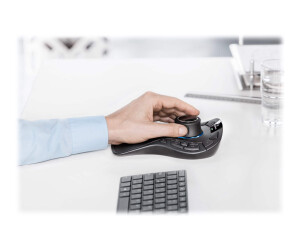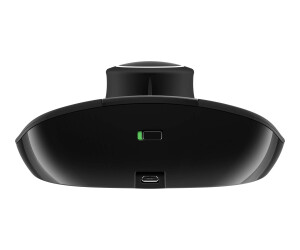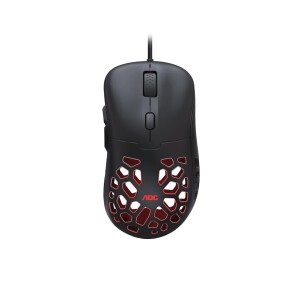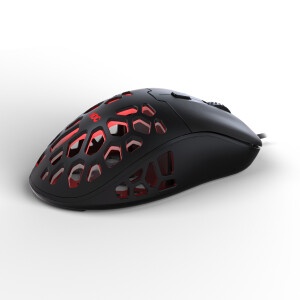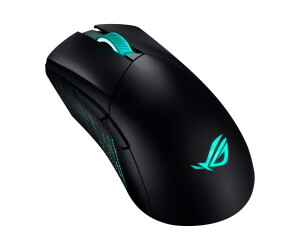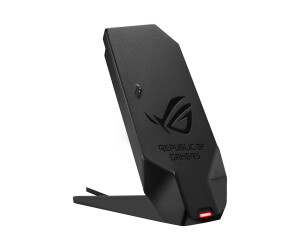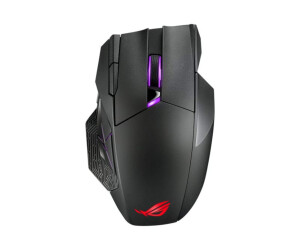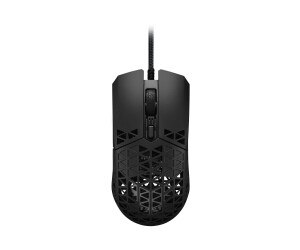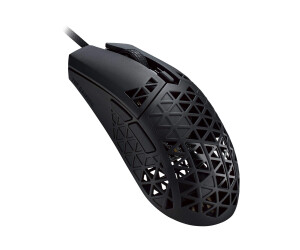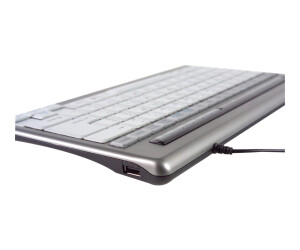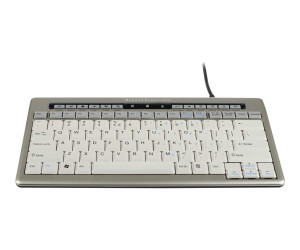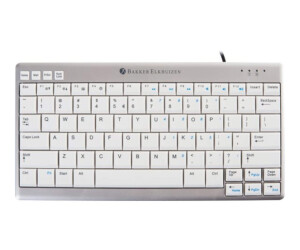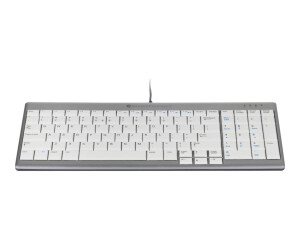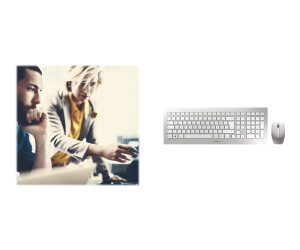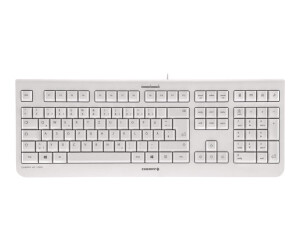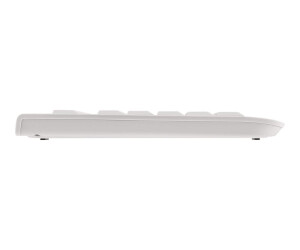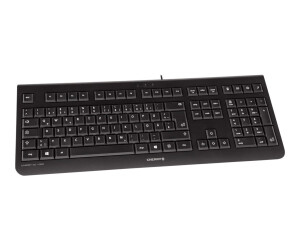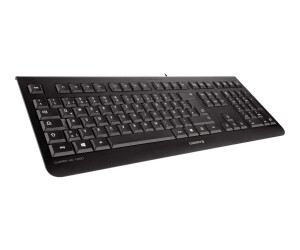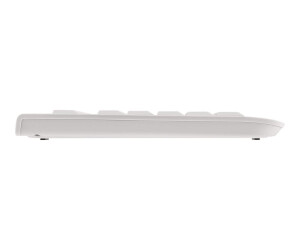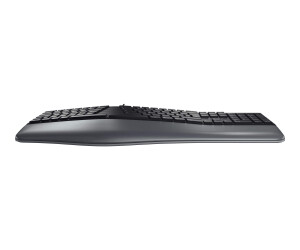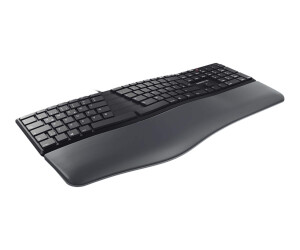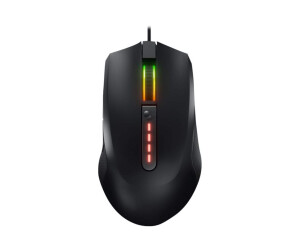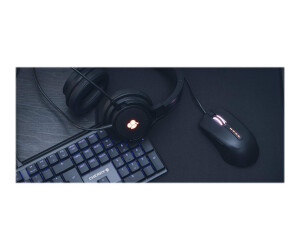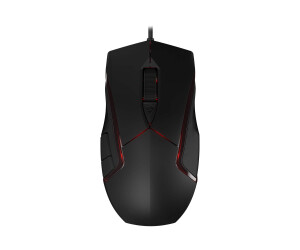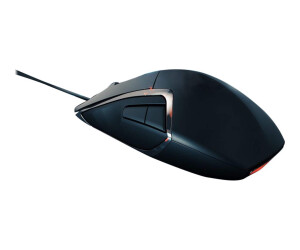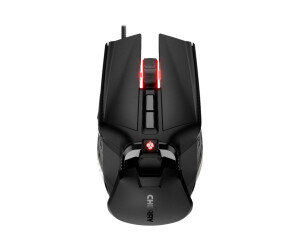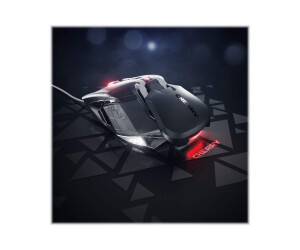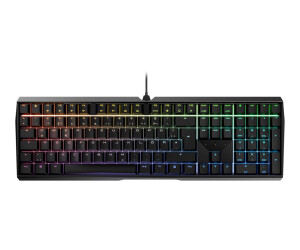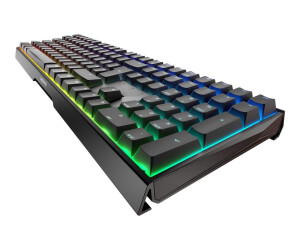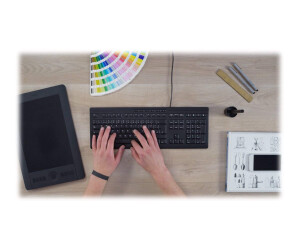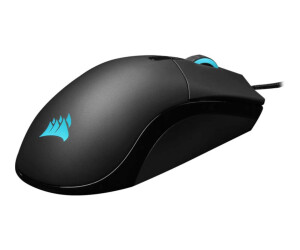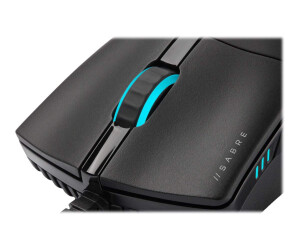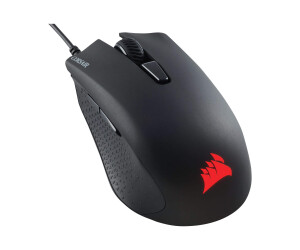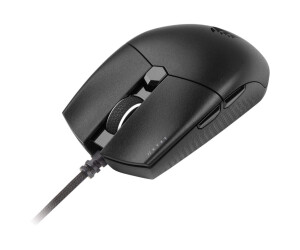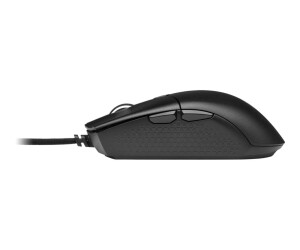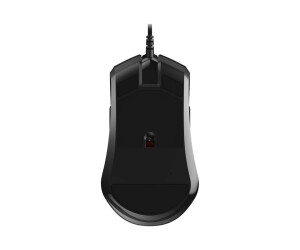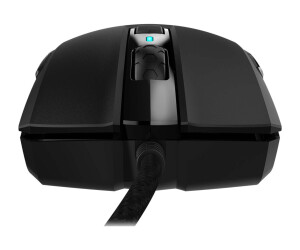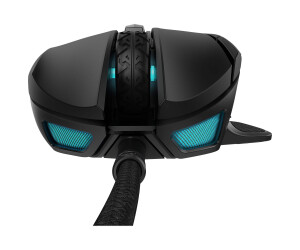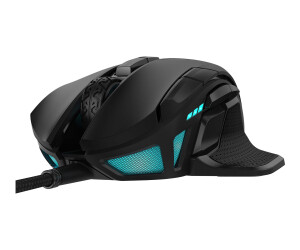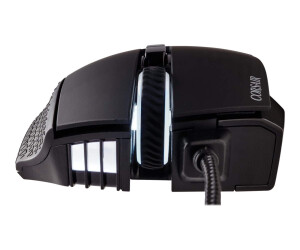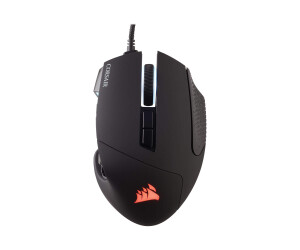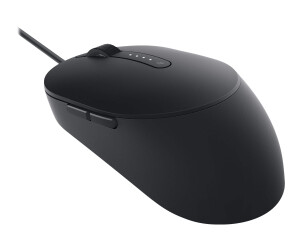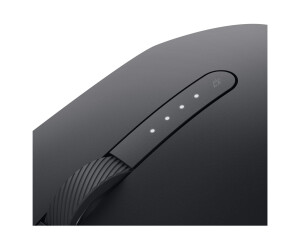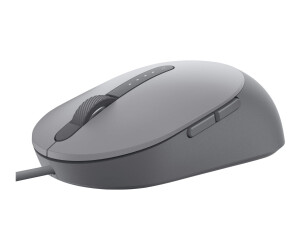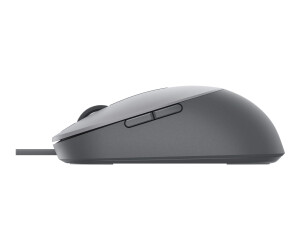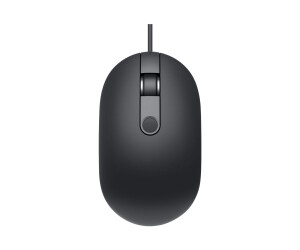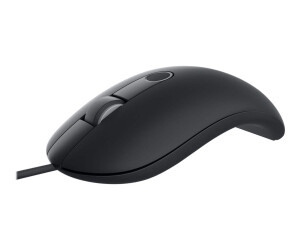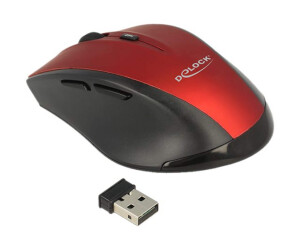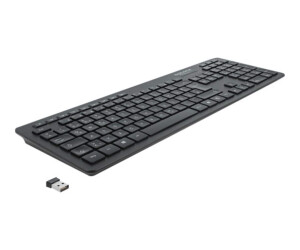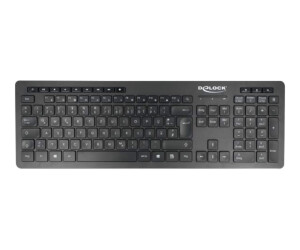USB 2.0
USB 2.0
The USB 2.0 interface, also known as Hi-Speed USB, is a widely used connectivity technology found in numerous electronic devices. USB stands for Universal Serial Bus and enables easy connection and communication between different devices such as computers, laptops, peripherals, mobile phones, printers, and more.
One key feature of USB 2.0 is its high compatibility. It is a backward-compatible interface that works with older USB 1.1 devices and ports. This means that you can easily connect a USB 2.0 device to a USB 1.1 port, although the speed will be limited to the USB 1.1 rate. This compatibility has contributed to USB 2.0 becoming a widely adopted and accepted interface.
One of the significant improvements of USB 2.0 over its predecessor USB 1.1 is the significantly increased data transfer speed. USB 1.1 typically achieves transfer rates of up to 12 Mbps (megabits per second), while USB 2.0 allows for data transfer rates of up to 480 Mbps. This means that data can be transferred much faster, which is particularly beneficial for large files, multimedia content, and other data-intensive applications.
Another important feature of USB 2.0 is its ease of use. Thanks to the "plug-and-play" principle, USB 2.0 devices can be seamlessly connected and recognized without the need for additional drivers or configurations. This makes USB 2.0 highly user-friendly and convenient, as you can connect devices anytime and anywhere without requiring technical expertise.
USB 2.0 also provides sufficient power supply for connected devices. The USB port can power devices such as keyboards, mice, external hard drives, cameras, and other peripherals. The USB 2.0 standard allows for a power consumption of up to 500 mA (milliamperes), which is sufficient for most devices. This means that you can operate many devices directly through the USB port without the need for a separate power adapter.
Another important feature of USB 2.0 is the ability for hot-swapping. This means that you can connect and disconnect USB 2.0 devices while they are in operation without having to restart the computer or the device. This flexibility allows you to quickly and easily switch or connect devices without interrupting your workflow.
Although USB 2.0 offers many advantages, it also has its limitations. The transfer speed of 480 Mbps may be sufficient for most applications, but with increasingly larger files and data-intensive applications, higher transfer speeds are desired. In such cases, newer USB standards like USB 3.0 or USB 3.1 with their faster transfer rates may be a better choice.
USB 2.0 is a proven and reliable interface that offers high compatibility, good data transfer speed, easy handling, and sufficient power supply. It is still widely used in many devices and meets the requirements of many applications. However, for those in need of higher transfer rates and advanced features, newer USB versions provide improved performance and more possibilities.

